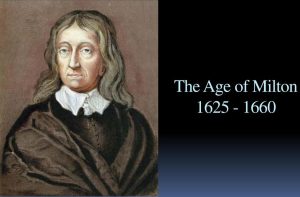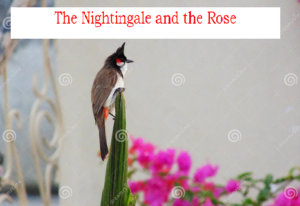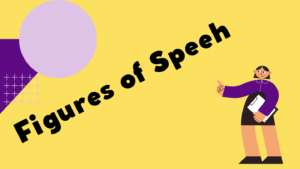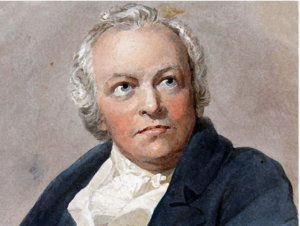Introduction to Fiction and Non Fiction
This article is all about the basic introduction to fiction and non fiction.
Fiction and non fiction are two broad categories that encompass the diverse world of literature. These terms refer to the types of writing that present different approaches to storytelling and conveying information. Both fiction and non-fiction play crucial roles in literature, offering readers distinct experiences and serving various purposes.

Fiction
Fiction refers to literature created from the imagination rather than being based on real-life events or facts. It encompasses a wide range of genres, including novels, short stories, plays, and poetry. In fiction, authors craft characters, settings, and plots that may or may not mirror reality. The primary purpose of fiction is to entertain, evoke emotions, and explore the human experience through storytelling.
Examples of fiction include classic novels like Pride and Prejudice by Jane Austen, fantasy epics like The Lord of the Rings by Tolkien, or dystopian tales like “1984” by George Orwell. Within fiction, genres can vary widely, including romance, science fiction, mystery, historical fiction, and more.
Non-Fiction
Non-fiction, on the other hand, is literature that is based on real events, facts, and information. It is rooted in reality and aims to present an accurate account or analysis of a subject. Non-fiction includes a diverse range of genres such as biographies, autobiographies, essays, journalism, scientific writings, and historical accounts.
Examples of non-fiction works include The Essays or Counsels, Civil and Moral, by Francis Bacon are the essays full of practical wisdom, or Sapiens: A Brief History of Humankind by Yuval Noah Harari, which explores the history and evolution of Homo sapiens. Non-fiction serves to inform, educate, and provide readers with insights into the real world.
KEY ELEMENTS OF FICTION
Characters: Imaginary beings or representations of real people within the context of the story.
Plot: The sequence of events that unfold in the narrative, providing structure and development.
Setting: The environment or time period in which the story takes place.
Conflict: The central struggle or tension that drives the narrative forward.
Theme: The underlying message or idea explored throughout the story.
Common examples of fiction include novels, short stories, plays, and poetry. Genres within fiction can range from romance and science fiction to mystery, fantasy, and historical fiction.
KEY FEATURES OF NON-FICTION
Factual Accuracy: Non-fictional works are grounded in reality and are expected to adhere to the truth.
Informational Purpose: The primary goal is to convey knowledge or share insights on a particular topic.
Author’s Perspective: While non-fiction aims for objectivity, authors may still bring their perspectives and biases to the narrative.
DISTINGUISHING FICTION FROM NON-FICTION
The primary distinction between fiction and non-fiction lies in their basis of truth. Fiction involves imaginative storytelling, creating characters, settings, and events that are not necessarily real. Non-fiction, on the other hand, is rooted in factual accuracy, presenting information, analysis, or commentary based on real-world occurrences.
In summary, fiction offers an escape into the realms of imagination and emotion, while non-fiction provides a window into the real world, offering knowledge, insights, and perspectives on actual events and subjects. Both genres contribute to the richness and diversity of literature, catering to different reader preferences and fulfilling various intellectual and emotional needs.
#introduction to fiction and non fiction #introduction to fiction and non fiction #introduction to fiction and non fiction #introduction to fiction and non fiction #introduction to fiction and non fiction #introduction to fiction and non fiction #introduction to fiction and non fiction #introduction to fiction and non fiction
Read More
Of Death — Francis Bacon (Text)
Of Truth Critical Analysis by Sir Francis Bacon
Of Truth by Francis Bacon Summary
Visit Us on our Facebook Page:





